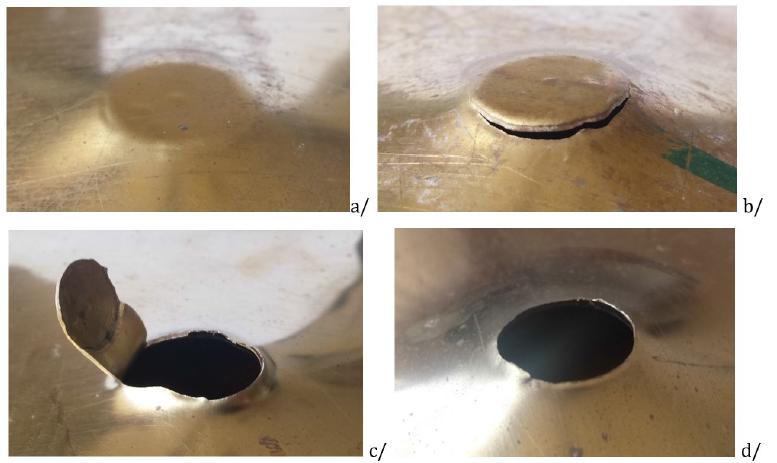Abstract
Experimental analysis on standard brass alloy has been carried out using a high pressure gas gun. Perforation tests have been performed for a variety of impact velocities from 40 to 120 m/s in order to study the material behaviour and to define failure modes.
The main aim of the study has been to provide results using an innovative thermal chamber that allows to heat specimens before impact. The range of available temperatures is from the room temperature up to 260 ˚C.
The experimental study has allowed to discuss the ballistic properties of the structure. The ballistic resistance of sheet plates is strongly dependent on the material behaviour under dynamic loading and changes with temperature. The ballistic properties are also intensely related to interaction between the projectile and thin brass target. The results in terms of the ballistic curve VR (residual velocity) versus V0 (initial velocity) have shown the temperature effect on the residual kinetic energy and thus on the energy absorbed by the plate, revealing a thermal softening of the brass. The ballistic limit corresponding to the maximum impact velocity without complete perforation has decreased by 5-7% for the highest temperature considered.
A changing failure pattern is observed. The number of petals varies as a function of impact velocity and temperature. It can be concluded based on experimental observations that thermal softening is a key point on the process of perforation.
Preliminary temperature records have been provided using a thermal imaging camera.
Keywords
Gas gun experimental technique; high rates of loading; high-performance thermal chamber; brass properties











